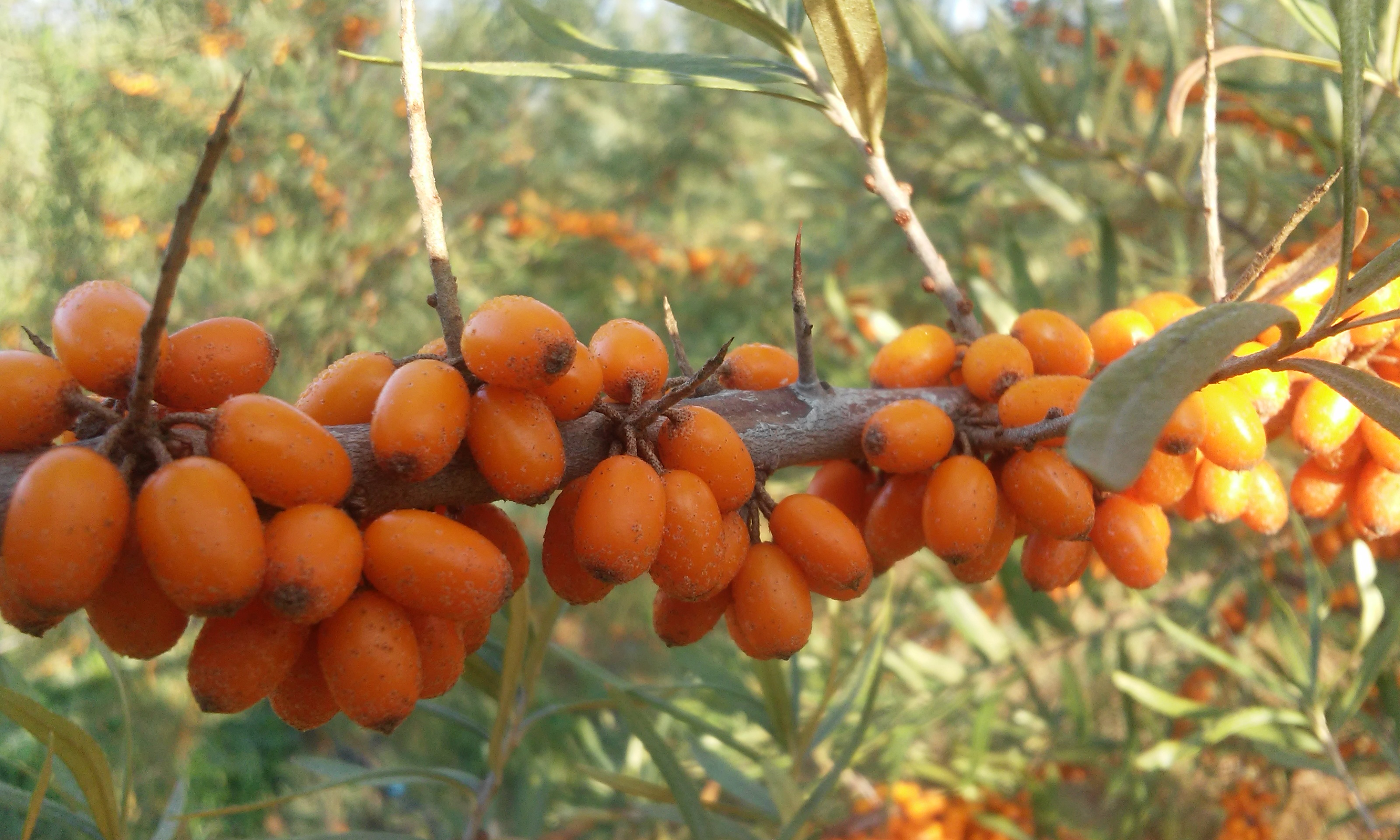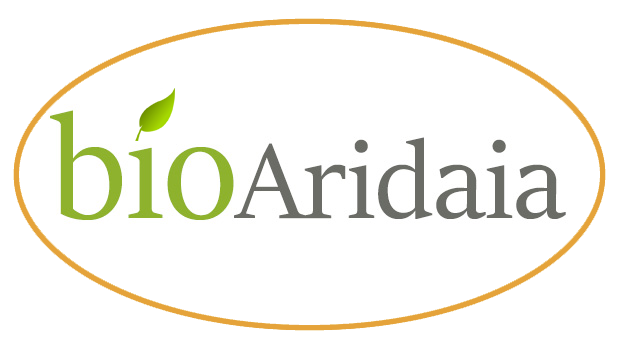General information
Hippophae berry is a genus of sea buckthorns, deciduous shrubs in the family of Eleagnaceae. The name sea buckthorn is used to avoid confusion with the buckthorns (Rhamnus, family Rhamnaceae). It is also referred to as sandthorn, sallowthorn or seaberry.
In ancient times, leaves and young branches from hippophae were supposedly fed as a remedy to horses to support weight gain and appearance of the coat, thus leading to the name of the genus. Hippophae is derived from greek hippo (ίππ(ο)), meaning “horse”, and phaos (φαές), which means “shining”. Indeed, during the expeditions of Alexander the Great, it was observed that the sick and weak horses were cured by eating the leaves and the fruits, resulting in a shiny coat.

Nutrient and vitamin content
Hippophae berry is a super fruit full of all the Omegas – 3, 6, 9 and the rare 7, as well as a host of antioxidants and other healing nutrients. It has multiple uses due to its protein building block, amino acids, vitamins, such as B1, B2, K, C, A, E, folic acid, over 60 antioxidants and at least 20 minerals along with healthy fatty acids. More specifically, its content in vitamic C is much higher than that of oranges (approximately 800 mg per 100 gr for hippophae berry compared to 53.2 mg per 100 gr for orange). The fruit is full of carotenoids, xanthophylls, phenolics and flavanoids. It is an absolute power house of nutrients, which you need to try.
Uses
- Hippophae berry can be consumed fresh but it is also used to make jellies, juices, purees, and sauces. It can be also eaten dry along with other nuts or on top of yogurt. Combined with its low calories content, it can be your perfect, healthy meal.
- Apart from the fruit (berry) itself, the leaves and flowers can be also used. Treating arthritis, gastrointestinal ulcers, and skin rashes caused by infectious diseases such as measles, are some of the applications currently used.
- A tea containing hippophae dry leaves is used as a source of vitamins, antioxidants, protein building blocks (amino acids), fatty acids and minerals.
- The concentrate of the berries or the seed oil can be applied directly to the skin for preventing sunburn; for treating radiation damage from x-rays and sunburns; for healing wounds including bedsores, burns, and cuts; for acne, dermatitis, dry skin, eczema, skin ulcers, and skin color changes after giving birth; and for protecting mucus membranes.
Healt benefits
- It improves blood pressure and lowers cholesterol.
- It boosts the immune system.
- It contributes to prevent infections, improve sight, and slow the aging process.
References
-
Subhuti Dharmananda. «Sea buckthorn». Institute of Traditional Medicine. Portland, Oregon.
-
Alam Zeb (2004). «Chemical and nutritional constituents of sea buckthorn juice». Pakistan Journal of Nutrition 3.2: σσ. 99-106. doi:10.3923/pjn.2004.99.106.
-
Food Composition Databases. United States Department of Agriculture.
-
V. Singh και R.K. Gupta RK (2004). Seminar on Sea buckthorn. A resource for environment, Health and Economy. New Delhi: Directorate of Life Sciences.
